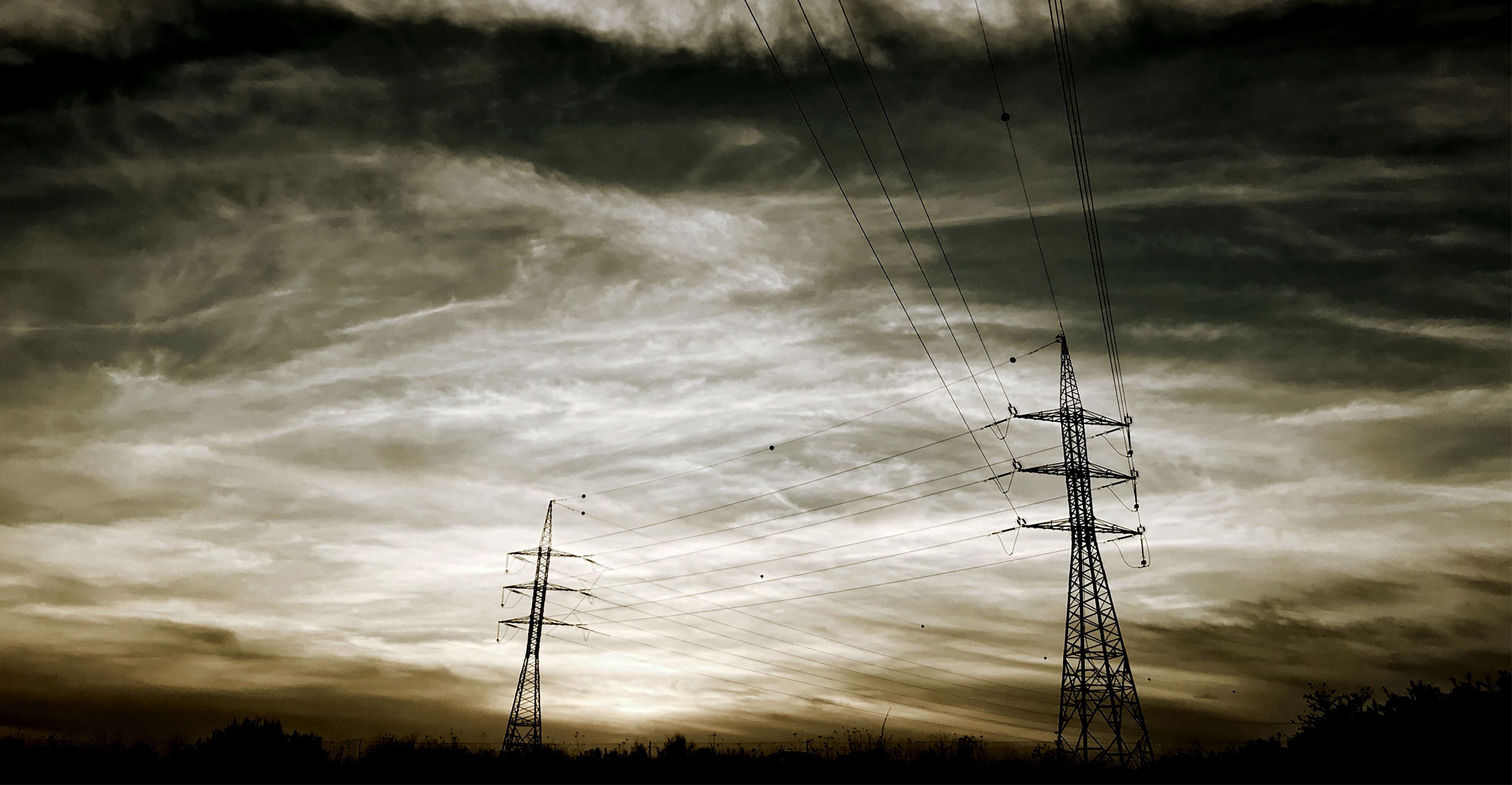 The latest bout of load shedding – which was escalated to stage 4 on Tuesday morning after generating units failed at the Majuba and Tutuka power stations – could end by Friday, but Eskom isn’t making any promises.
The latest bout of load shedding – which was escalated to stage 4 on Tuesday morning after generating units failed at the Majuba and Tutuka power stations – could end by Friday, but Eskom isn’t making any promises.
More than 15GW of capacity is unavailable due to plant breakdowns, Eskom CEO André de Ruyter said in a call with journalists on Tuesday morning. Some smaller units could be returned to service on Wednesday, but larger units are expected to be returned to service only on Thursday at the earliest.
With winter fast approaching, fears are growing about Eskom’s capacity to keep the lights on during the coldest months of the year. De Ruyter said the utility is working to contain unplanned breakdowns to below 12.5GW, and this could prevent further load shedding this winter. But he again emphasised to the urgent need to get more generating capacity on the grid, including from independent power producers.
Earlier this month, Eskom published a request for proposals (RFP) to allow private operators to lease some of the land it owns in Mpumalanga to build private power generation plants. The maximum amount of electricity generation capacity per project will be capped at 100MW to make use of the recently promulgated upper limit for embedded and own generation, and the leases will be for a minimum of 20 years, Eskom said.
Rand Merchant Bank CEO James Formby on Tuesday described the renewables RFP as a “quick and efficient way to get extra energy to the grid, without committing Eskom’s balance sheet or requiring government guarantees to secure long-term power contracts”.
Formby, in a statement, also commended Operation Vulindlela, the project delivery unit in the presidency, for reducing red tape on private electricity generation projects to help get them on the grid more quickly.
However, he said government’s localisation rules are making renewable energy more expensive than it ought to be, and these rules should be waived urgently.
High cost
“Local material content rules increase the cost of wind and solar energy production. And import tariffs, such as those on imported steel, are making renewable energy even more expensive. It’s time steel tariffs, which are a material component in renewable energy projects, are waived to help lower the cost of solar and wind installations,” said Formby.
“The more local inputs are required, the higher the cost of energy production which means consumers are paying more for energy. Given the long-term nature of these contracts, these costs are baked in for many years,” he said.
“Component parts are typically cheaper when imported and, depending on the item, can be 20-50% cheaper than those made locally as South Africa does not have the same production scale. Furthermore, the manufacturing processes for many renewable energy components are largely automated, creating fewer direct local jobs than people might think.
“Our country desperately needs economic growth, investment and job creation. Reliable, cost-effective energy supply is the best way to build the economy and strong and resilient local industries,” Formby said. – © 2022 NewsCentral Media




